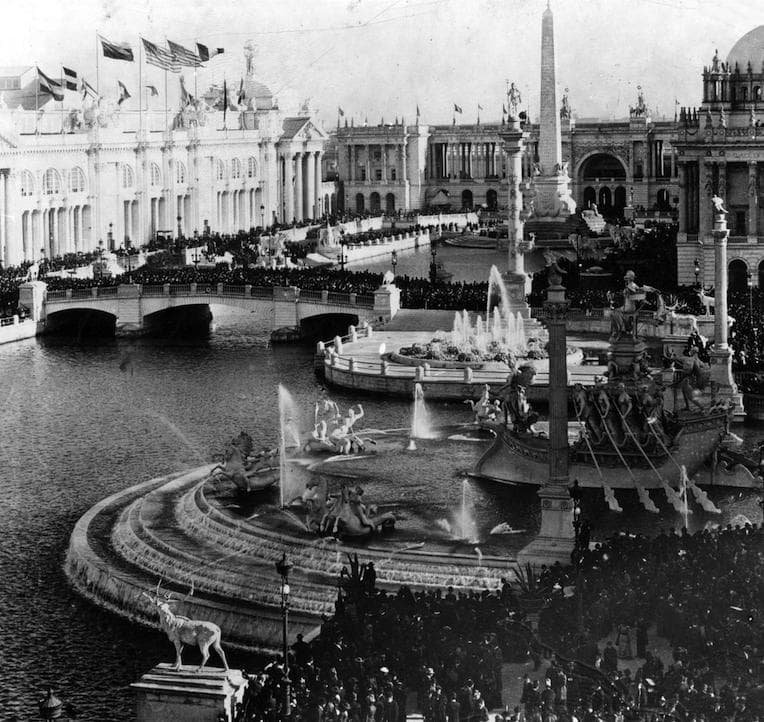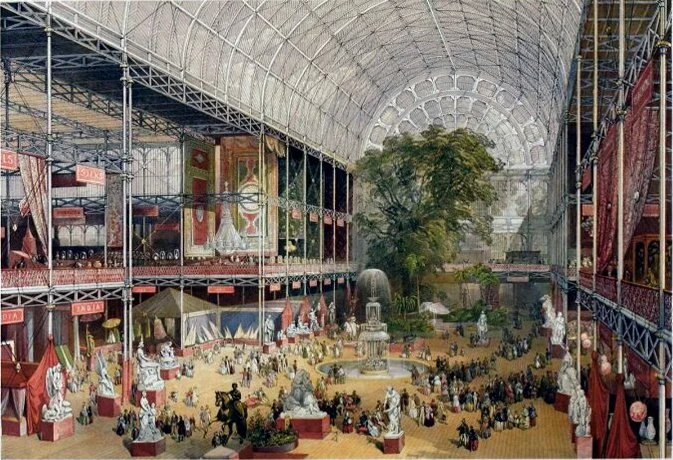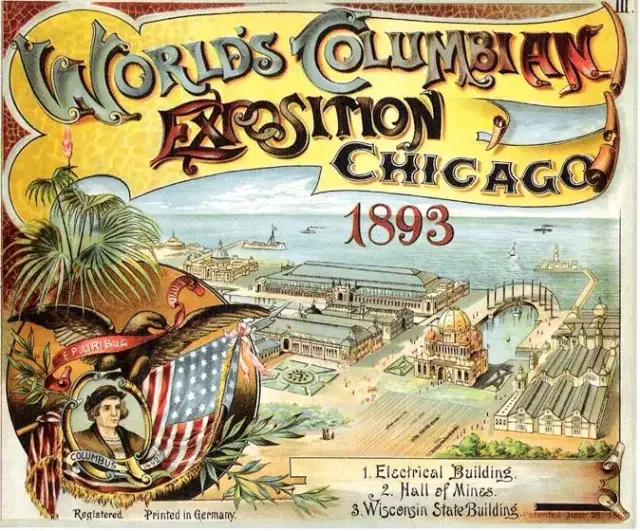
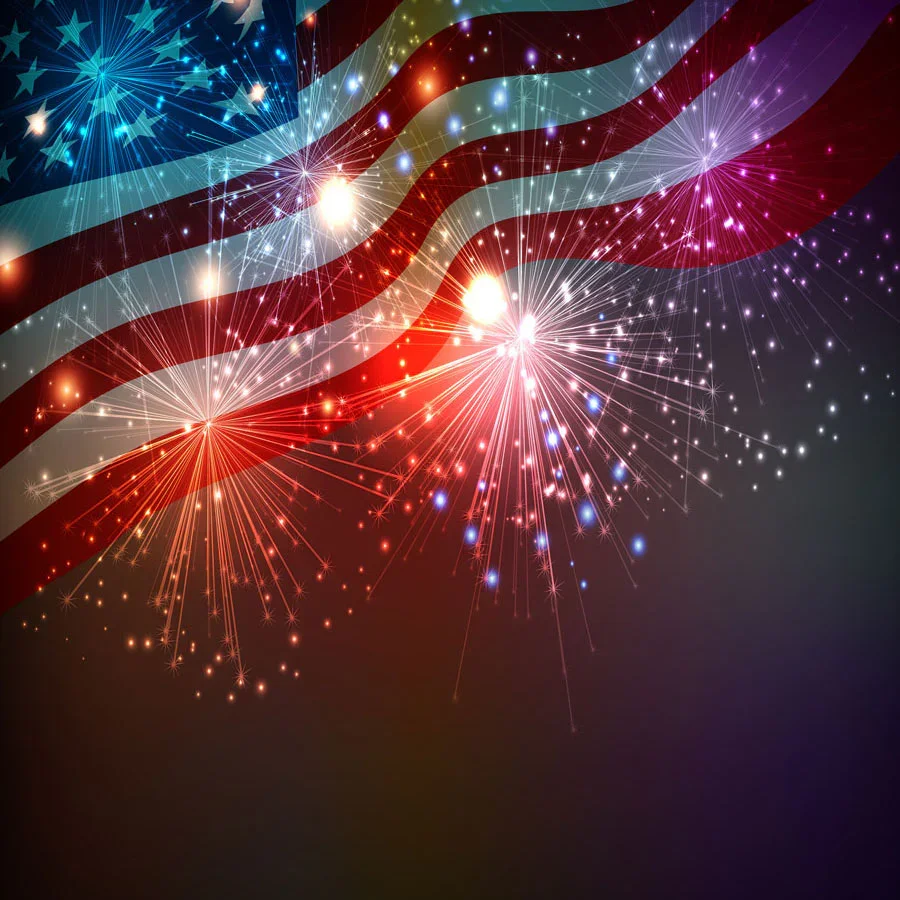
CHICAGO WORLDS FAIR!!
What is the fair?
Originally known as the Worlds Columbian Exposition. The nickname of the fair was the “white fair” because most of the buildings were painted white and lit by electric lights. 60 different nations participated in the fair, which displayed lots of different entertainment and culture.
Other World fairs:
The great exhibition: this was in crystal palace in london england and showcased highlights of the industrial revolution and showed new machines, railways, and telegraphs and also this inspired other nations.
1867- Exposition universelle à Paris, France with a theme of art and industry ans this promoted new global trade and strengthened paris’s image to the world
1873, Viennas world fair in Austria- Hungary was part of the international expositions the Chicago Worlds fair joined and helped show the evolution of fairs in the time period.
Innovations brought by the fair:
First Ferris Wheel
Widespread electric lighting
New foods such as…. juicy fruit gum, cracker jacks, cream of wheat, and shredded wheat
Moving walkways and refrigerated rail cars
early dishwashers
Who was behind the Fair?
Daniel H. Burman served as director of the works and was the leader and overseer of the design and construction of the white city. Fredrick Law Olmsted worked alongside him and designed some of the lagoons and gardens that were part of the fair. George Davis handled the organization of all the new innovations. George Ferris introduced the Ferris Wheel, Nikola Tesla brought the lights to the fair, and artists like Daniel Chester added sculptures and various artistic detail.
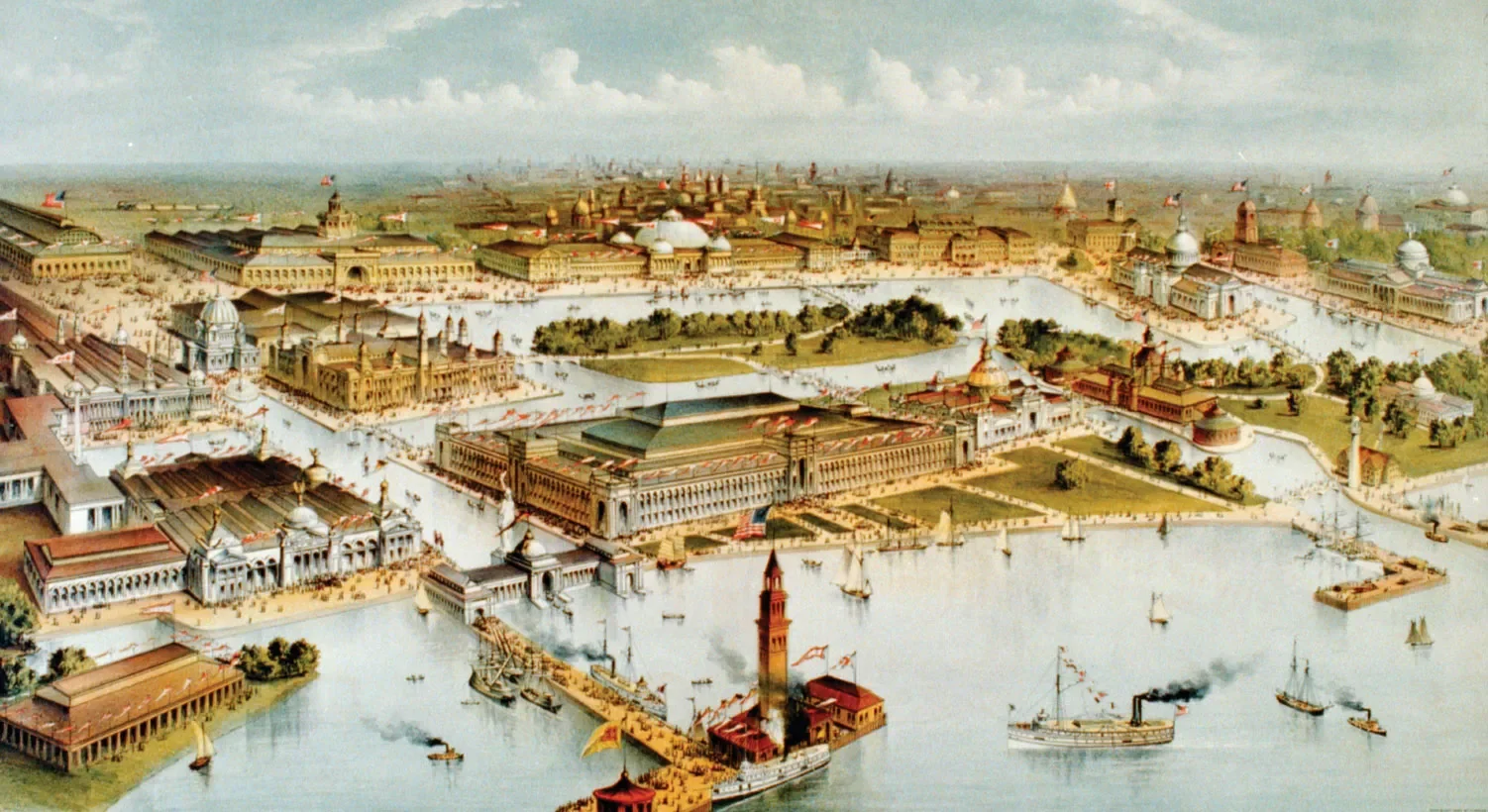
What went into the creation of the fair?
The World's Columbian Exposition required significant work from thousands of laborers, designers, and architects.
Planning and designing: Over 100 architects constructed 200 buildings, and Frederick Law Olmsted and his partner, Harry Codman, designed the 600-acre grounds where the fair was planned
Construction: More than 40,00 skilled laborers constructed the buildings, and Chicago won the bid to host the fair over other major cities like New York and St. Louis.
The World's Columbian Exposition symbolized the Gilded Age by achievements of technology through the grand architecture, which demonstrated the nation's technological and industrial progress. The fair was a celebration of American inventiveness with displays of electricity, machinery, and new inventions that focused on the Gilded Age's focus on industrialization and technological advancement.
Immigration was symbolic of the World's Colombian Exposition as a point of both celebration and racist, assimilation display.
European immigrants: The fair highlighted the contributions of white European immigrants, portraying them as successful participants in America's industrial and agricultural progress.
Assimilation: The fair's organizers viewed European immigrants as successfully assimilated into the American mainstream. This celebrated version of immigration was in stark contrast to the way non-European immigrants and indigenous peoples were presented
Symbolization of Period 6 and Gilded Age:
The World's Columbian Exposition organizers faced major struggles due to financial crises, construction issues, and significant social and political conflicts.
The Panic of 1893: The was supposed to open, but it entered a severe economic depression known as the Panic of 1893, which led to a major bank collapse and stock market crash.
Racial exclusion and protests: The fair's organizers faced criticism for purposefully excluding African Americans from exhibits that showed American progress.
Struggles that come with the fair?
Comparison:
The World's Columbian Exposition of 1893 in Chicago showed physically and symbolically a representation of the Gilded Age. It showcased both the rising technological progress and the deep social divisions caused by mass immigration and industrialization.


